Ever noticed how many hit TV dramas just happen to feature fabulous homes? Maybe their makers know why some of us are tuning in – it is for the plot of course, but with a generous side order of property porn.
Who could forget Marianne’s Sligo hunting lodge home in Normal People? (The house was actually located in Enniskerry, Co Wicklow.) Or her Georgian flat on Wellington Road? What about Melissa and Nick’s boho-chic Dublin villa in Conversations with Friends? The real house used for filming was a villa in Bray, with a separate set used for interior shots. And who could forget the scene-stealing homes on the Dublin coast in Sharon Horgan’s Bad Sisters?
With film and TV production booming in Ireland, homeowners are getting a slice of the action. Indeed, for shooting everything from a pizza ad to a streaming hit, location scouts are always on the lookout for the right pad. Offering your house as a location can be exciting and financially rewarding. And, your house does not even have to be a flash gaff.
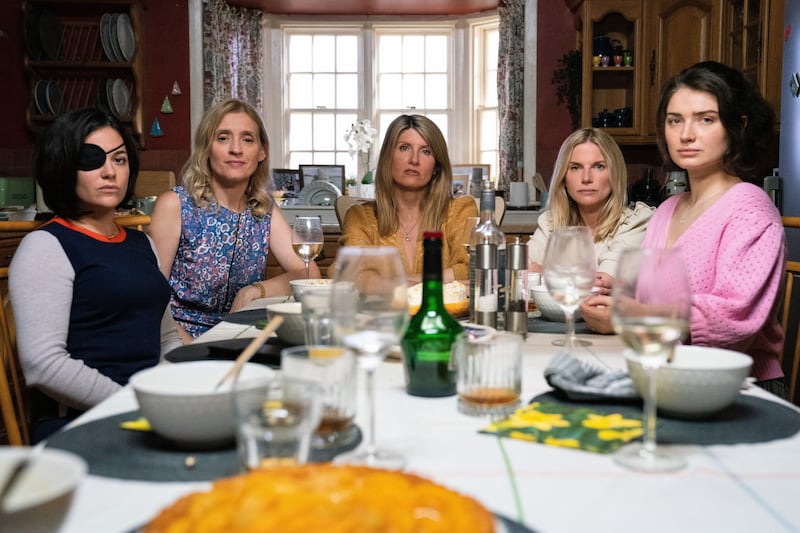
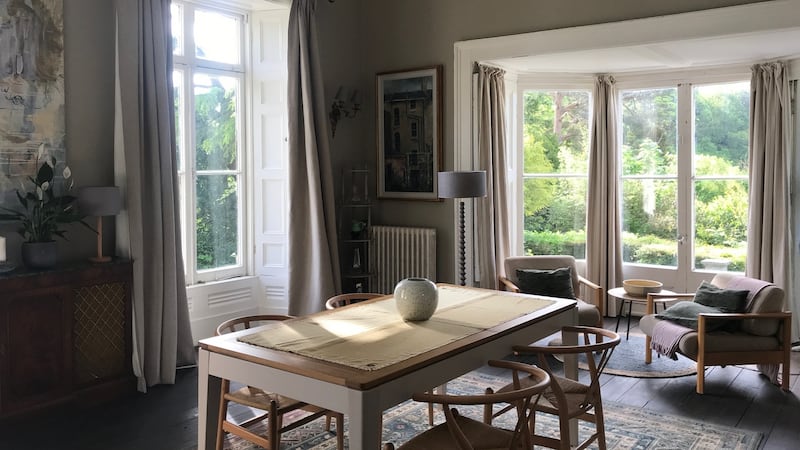
Screen Wicklow dealt with requests for filming at more than 100 different locations last year, says the county’s film commissioner John Powderly. Shoots included the big-budget horror The Watchers, starring Dakota Fanning, Moonflower Murders with Academy Award nominee Lesley Manville, and Small Town, Big Story, written by Chris O’Dowd, who also stars in it alongside Christina Hendricks. The Sky TV series, out later this year, will tell the story of an Irish village being taken over by a Hollywood production.
“Productions often have a knock-on effect in that they like to keep their locations close together, so often if they have a location in Wicklow, they will look for a house in Wicklow too,” says Powderly.
“Homeowners often think their house has to be a beautiful property to be used in filming, but that’s not the case. It could be anything. It could be a council house, it could be a derelict house. If you can think of it, there will be demand for it.”
“If you have an usual or interesting feature, something different about your house, that could be the very thing.”
A locations database set up by Screen Ireland enables owners to advertise their property for free as a filming location. It lists everything from caravans to tumbledown mansions to sleek architectural homes. There are farm buildings, sheds and warehouses listed too.
Having a Hollywood heart-throb make dinner in your kitchen, make love in your bedroom or murder someone in the garden will be adequate recompense for some homeowners. Others will want payment. Fees for filming are negotiated directly between the homeowner and the production company, says Screen Ireland.
“If you are dealing with Disney or Netflix, it’s one thing, but with small production companies it’s a different matter,” says Powderly.
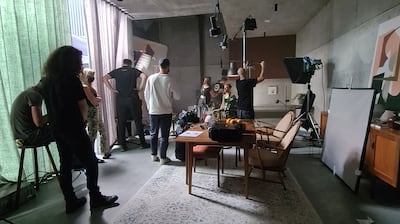
TV dramas and feature films tend to offer between €500 and €1,000 a day, according to Wicklow Film Office. Stills photography, documentaries and short films tend to have lower budgets of about €300 a day.
If your house appears on a film or TV show, don’t crow about it. Homeowners who broadcast their involvement may find they get dropped by location scouts.
“Film-makers want their film to be as unique as possible,” says Powerderly. “Homeowners themselves will often maintain their privacy because they know that’s what the film wants, they don’t want the property to be over exposed.”
If you want your home to be used in another production, be discreet. Chances are, if your property has been successfully used once, scouts may return and use it for something else.
“If they can find a homeowner who is flexible and who they can work with, they will generally come back. But they don’t want their competitors to know, they want to keep the good spots for themselves.”
A property has to have something special about it, each house has its own unique selling point
Irish homes used in some of the biggest budget productions tend not to have people living in them full time, says Stephanie O’Sullivan of shoot location agency SoScout.
Homeowners can apply to have their property listed as a location with the agency.
“A property has to have something special about it, each house has its own unique selling point. We turn down a lot of submissions because we don’t see ourselves as a platform. We would curate and be very considered in what we take on,” says O’Sullivan.
The agency also has another service that is becoming more popular, she says.
“It’s our kind of ‘black book’ service for the homeowner who doesn’t want their property advertised, but they want it available for large productions,” says O’Sullivan.
“There is a level of homeowner out there who has a multi-property portfolio. The houses are not always being lived in and they will get quite a bit of interest from large productions like movies.”
What we are offering is that you just step into someone’s world and it’s already there. There shouldn’t be a huge amount of set up
You will not find these properties listed online and film-makers can value this level of discretion, knowing the kitchen in a key scene, for example, is not going to be identifiable as someone else’s home.
Not only do the producers want luxury homes for filming, their lead actors sometimes stay there too.
“I have two homeowners who have been letting some of their properties out for large movies to lead actors. They are used for filming and for the lead actor to stay in,” says O’Sullivan. “They are Hollywood actors, they are not Z-list; they would be quite well known.”
Not all shoots are for TV and film and homes are increasingly required for advertising and social media shoots too.
“One of our properties was used for the Montblanc collaboration with actor Cillian Murphy for Numéro magazine,” says O’Sullivan.
The Coal Lane House in Dublin offered photographers and the Oscar-tipped actor an exposed concrete canvas with high ceilings and an abundance of natural light, featuring a palette of terrazzo, warm sapele timber and plywood backdrops for this luxury brand shoot.
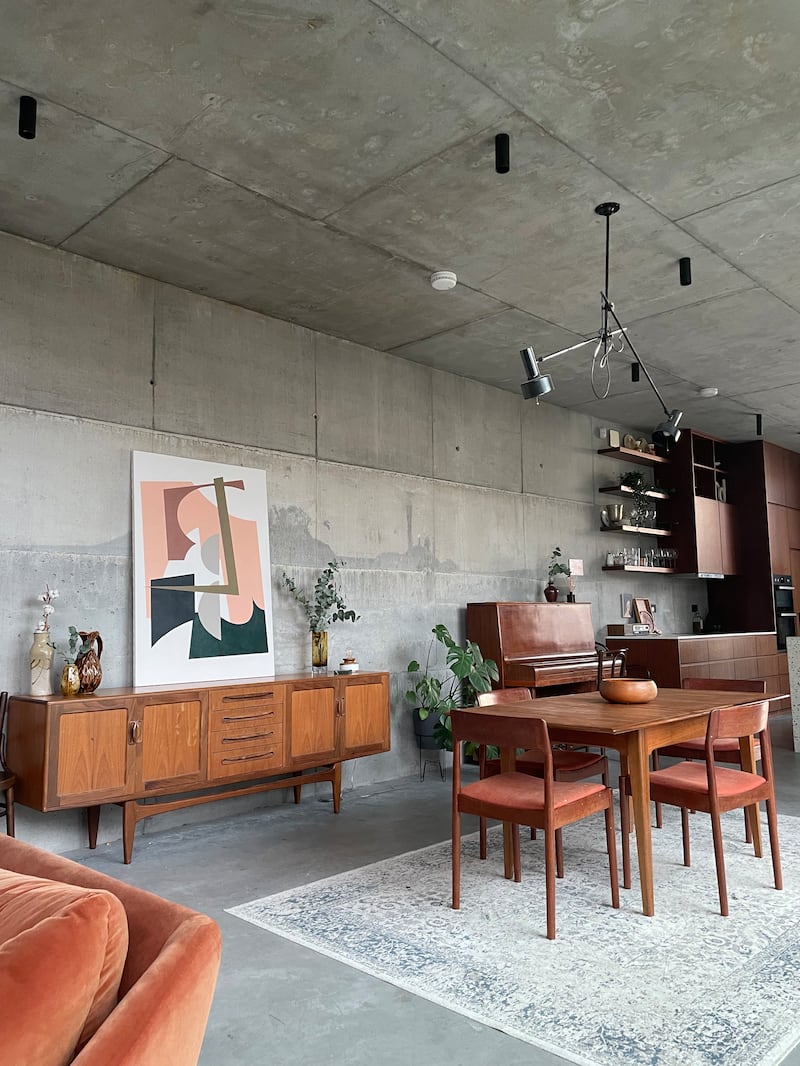
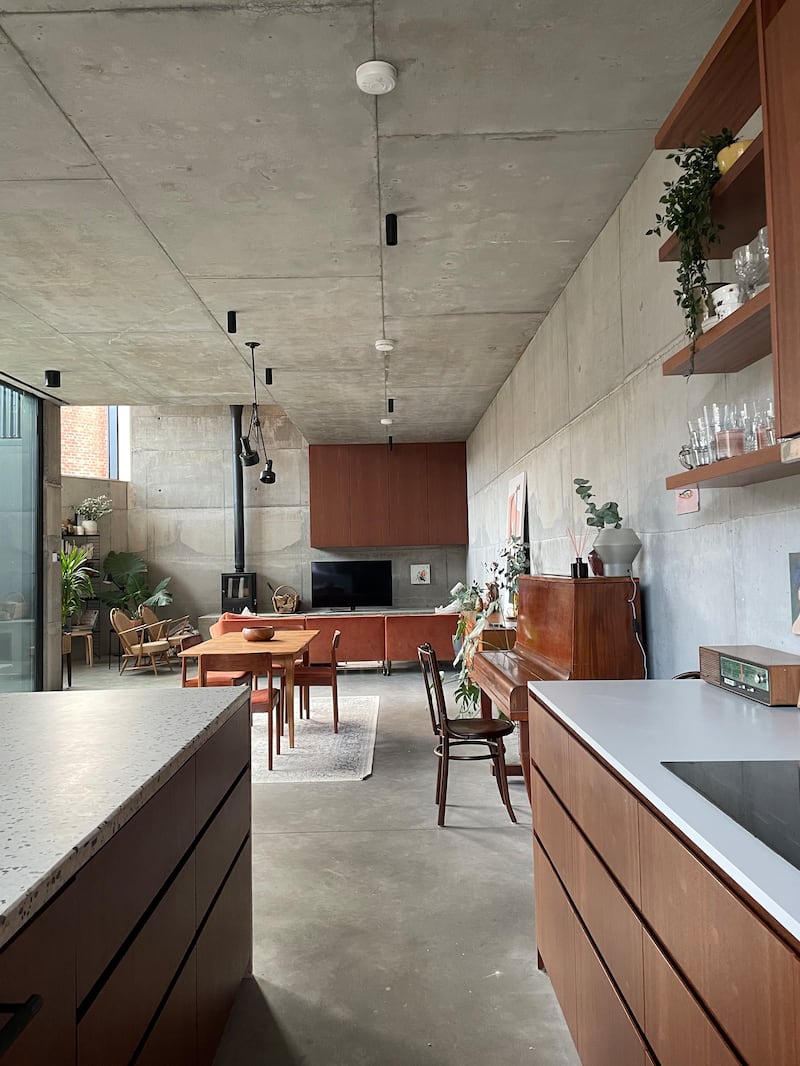
In shoots like this, a homeowner is monetising their aesthetic. “Some properties just have something you can’t quite put on paper. They just sort of have a magic to them and you just know this property is going to be extremely popular,” O’Sullivan says.
“What we are offering is that you just step into someone’s world and it’s already there. There shouldn’t be a huge amount of set up.
“A homeowner can expect from €700 up to €1,500 for eight hours.” Prices depend on the property and the number of spaces used in the shoot.
“We charge a 4 per cent processing fee to the homeowner and the overall fee quoted to the agency includes a 25 per cent commission,” she says.
The majority of properties managed by SoScout are owner-occupied, she says. “We are opening up peoples’ homes which would not previously have been accessible to brands, they would have had to know someone or go to a studio.”
Richie Hannify has had ads for pizza, gin and herbal tea filmed in his three-bed semidetached mid-century home in Stillorgan.
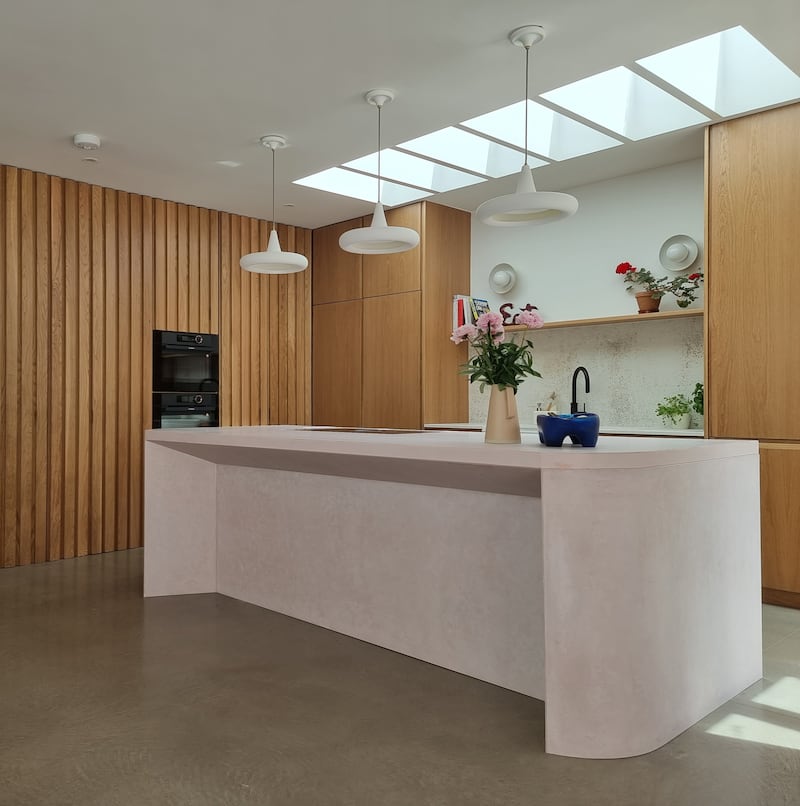
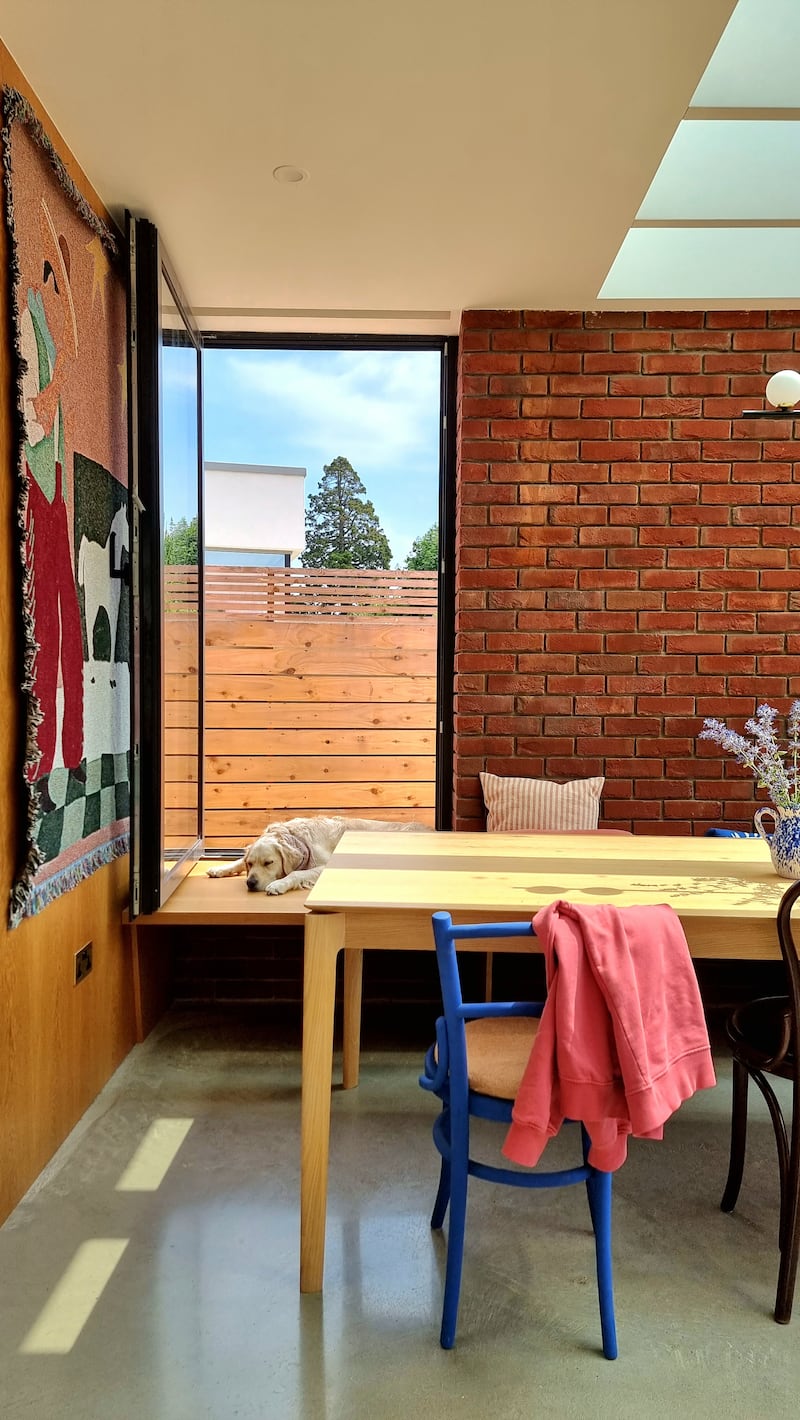
“Myself and my wife renovated our house and after we finished, my architect suggested we try it,” says Hannify.
Interiors sleuths might recognise his home with its pink extension as a 2023 finalist in RTÉ’s Home of the Year. The couple’s home has hosted two shoots already this year. The most recent was a pizza brand filming TikTok and Instagram content in their kitchen.
“Sometimes you can get weeks of notice. With the pizza one last Friday, we got a call on Tuesday morning,” Hannify says.
“Because it’s just the two of us and the dog and you don’t have to vacate, we can usually take something at short notice. Usually the prep is tidying up, mopping the floor and getting rid of all the dog hair,” says Hannify.
“I tend to drive my wife a bit mental coming up to shoots because I want people to like the house and I want it to look its best.
“You can say yes or no to shoots. You can choose to have certain parts of your house off-limits. We tend now not to make the upstairs available purely because we have carpet.”
Hannify, a solicitor, works from a home office and filming does not tend to disturb him. In fact it is optimal for crews to have the owner nearby to answer any house-related questions, says O’Sullivan.
“I tend to wander out and chat and see what’s going on,” says Hannify.
“We had a shoot for a gin last year [...] and it was very hard that day to stay focused because there were nearly 20 people in the house. It was mayhem.
“There was hair and make-up going on so there were models everywhere, filming and laughing and having the craic.”
The couple charges a fee of between €800 and €1,200 a day for their home. “The reason we do it is purely for the enjoyment of it. It’s a bit of craic,” says Hannify.
“You notice there is so little of your space visible. It’s just really a space for them to be rather than for them to utilise exactly what you have put in place.”
Homeowners, however, do need to be somewhat sanguine when opening up their home for filming.
“The reality is you are taking a risk having people in your house. There is lighting coming in and out and there are rigs and things being set up and there is increased footfall,” says Hannify.
“They are always careful, but you will always end up with some kind of scratch or mark after a shoot. Having said that, Irish producers are always cautious and respectful, apologetic, nearly, for disturbing you. At the end, we have a walk through with the producers to sign off that the place is fine.”


















